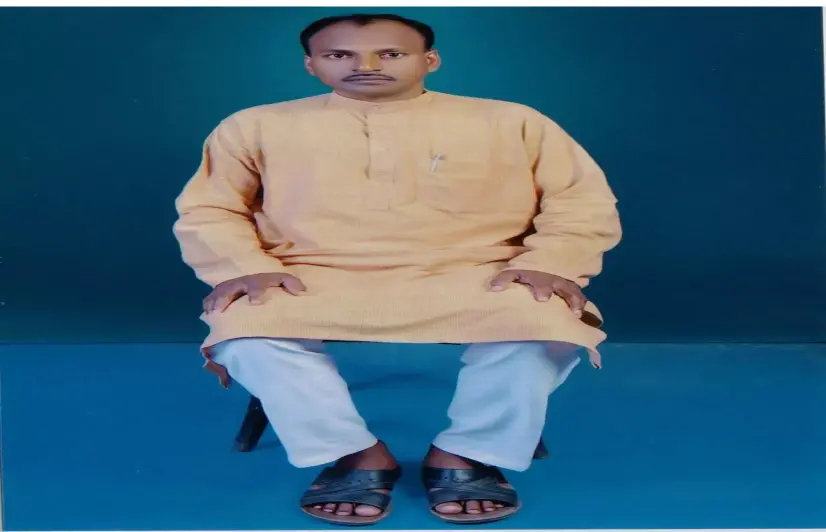In Chhattisgarh villages, friendship Is deep-rooted tradition

In Chhattisgarh villages, friendship Is deep-rooted tradition
Come August 4 (Friendship Day) promises of lifelong friendships will be made, selfies will be posted and is slated to be a busy day for social media users celebrating the festival.
From centuries, Chhattisgarh also has a rich tradition of friendship—called Mitaan— but no social media glue is required for a strong true bond to last you for life. In a world saturated with BFFs (Best Friends Forever) and friendship bracelets, these Chhattisgarhi villagers hold their friendship to such high standards that it can put even familial ties to shame. Mitaan translates to ‘friend’ in the local tongue. The procedure of befriending someone is called Mitaan badna. Interestingly, the friendship is not only between two people, but also the families are involved.
A male friend is called Mitaan, while a female friend is called Mitaanin. While there is no fixed day to celebrate this, sometimes they choose Akshaya Tritya to indulge in the festivities.
While this tradition doesn’t follow the boundaries of age, caste or race, friendship can be initiated only between members of the same gender owing to the social barriers. There are various rituals to help you become a Mitaan—Bhojli, Mographool, Gangajali, Daunapaan, Mahaprasad, Tulsi, Jawara and Godna (tattoo) are the most followed ones.
Bhojali: On the seventh day of the holy month of Saawan (according to the Hindu calendar), the sown paddy crop—known as bhojali—is first worshipped and is then immersed in a waterbody, a day after Raksha Bandhan. The new friends put these small stems over each other’s ear as a symbol of their everlasting friendship.
Mographool: It is very similar to Bhojali and instead In the same manner, sometimes woman place mogra—jasmine—over each other's ear. This is common among women.
Gangajal: Gangajal or holy water of the Ganges is shared with one another in this ritual.
Daunapaan: In this ritual, a leaf of nagdauna—tarragon—is given. It's a show plant having medicinal values and snakes stay away from its surroundings. The other friend gives Kewra—extract from the male flowers of a screw-pine tree in exchange. Kewra is known for its fragrance, and snakes are known to be attracted by their scent.
Mahaprasad: The prasad—devotional offering to God—of the famous Jagannath temple in Puri is shared.
Tulsi: As part of the Mitaan badna, this ritual employs the usage of Basil or tulsi leaves.
Janwara: Navaratri festival is celebrated twice in a year. On the ninth or tenth day, the wheat crop is worshipped and then offered to a flowing water body. In between, these nine days, the tender stems of the wheat crop is worn as an accessory on the ear.
Godana: Chhattisgarh is famous for their tattoo culture, and in this ritual, the name of your Mitaan/Mitaanin is tattooed over the wrist.
Transcends all barriers
While there are other ways like Gajamoong, Genda phool, these are variations of the classics. After the ritual, the friends are not supposed to call each by their names, but by the ritual. If one uses holy Ganges water, they will call each other Gangajal. You can also address each other as Mitaan or Mitaanin.
Mamta L, a resident of Kanker district, said she befriended her next-door neighbour with the help of Mahaprasad from Jagannath temple. She was warned against using their original names and would have to offer holy coconut to right the error. “We have strong family bonding with them. They are invited to all occasions. Even my grandmother Kusum has continued her friendship with her Gajamoong Mitaanin."
Sometimes, a friendship bond is created to end the dispute between two people. When the friendship is initiated due to the resemblance of physical features, it is called Sahnam.
Neelmati, a housemaid from Bilaspur, said the relation between friends is eternal. “During difficult times, the relatives may forget you, but Mitaan or Mitaanin cannot abandon you. The kids of Mitaan are just like your own kids. In Chhattisgarh, a husband and wife get separated easily, sometimes on trivial issues. But its strange, that in the same state, this tradition converts a non-blood relation into an eternal one,” she added.
Pradeep Sharma, a member of the Brahmin community, said his Mitaan, Tuleshwar Markam, is a member of the Gond tribal community. “My father’s Mitaan was from Dewangan community, and my grandfather’s Mitaan was from Kurmi community. So this tradition is above the caste system,” he said.
Would you like to Support us
101 Stories Around The Web
Explore All NewsAbout the Reporter
Write For 101Reporters
Would you like to Support us
Follow Us On
